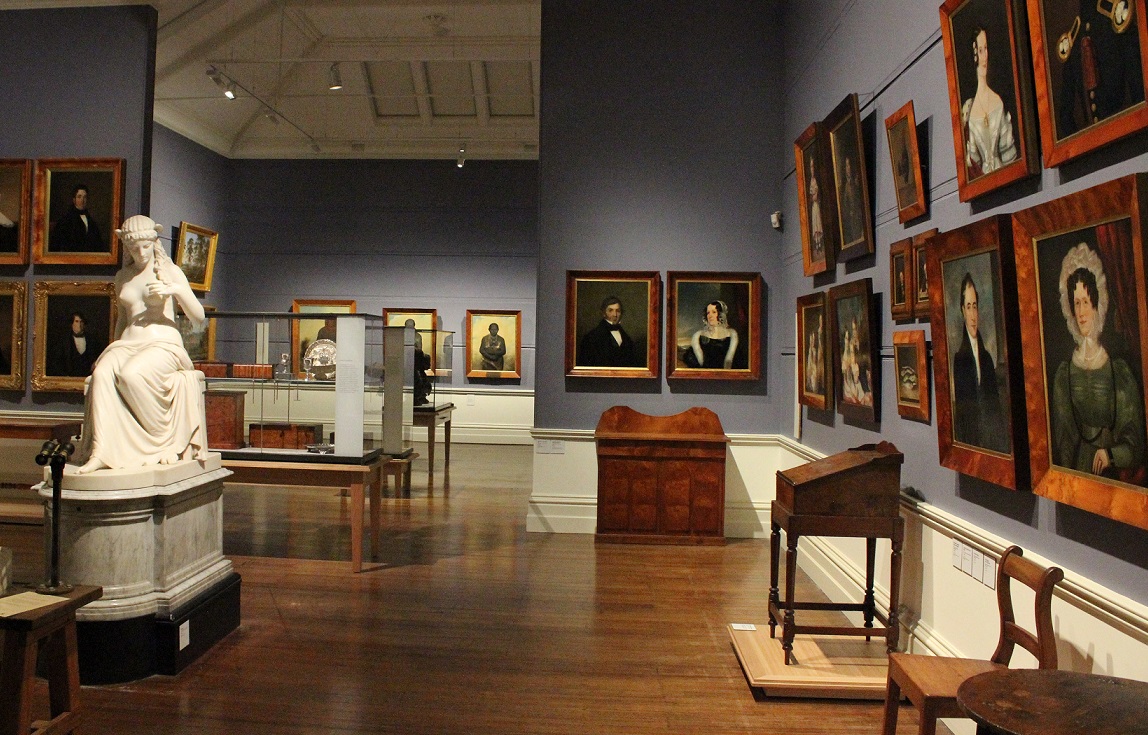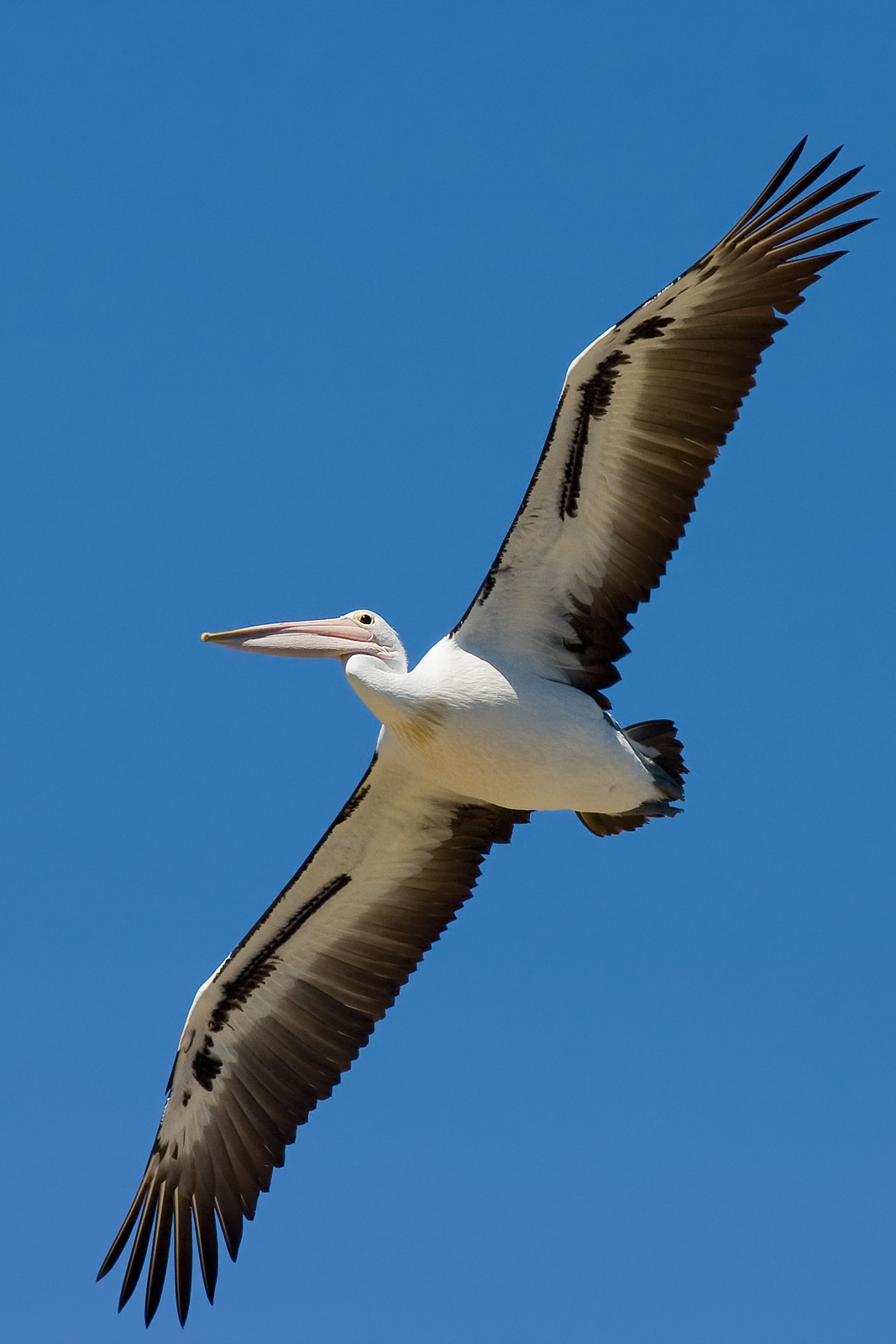|
Penguin Islet (Tasmania)
Penguin Islet is a small island nature reserve with an area of 3.46 ha in Bass Strait, south-eastern Australia. It is part of Tasmania’s Hunter Island Group which lies between north-west Tasmania and King Island. It is notable as the only pelican colony in western Bass Strait. Fauna The island forms part of the Hunter Island Group Important Bird Area.BirdLife International. (2011). Important Bird Areas factsheet: Hunter Island Group. Downloaded from http://www.birdlife.org on 2011-07-09. Breeding seabirds and shorebirds include little penguin, short-tailed shearwater, fairy prion, common diving-petrel, white-faced storm-petrel, Pacific gull, silver gull, sooty oystercatcher, black-faced cormorant, Australian pelican and Caspian tern.Brothers, Nigel; Pemberton, David; Pryor, Helen; & Halley, Vanessa. (2001). ''Tasmania’s Offshore Islands: seabirds and other natural features''. Tasmanian Museum and Art Gallery The Tasmanian Museum and Art Gallery (TMAG) is a museum loca ... [...More Info...] [...Related Items...] OR: [Wikipedia] [Google] [Baidu] |
Eudyptula Minor Family Exiting Burrow
The genus ''Eudyptula'' ("good little diver") contains two species of penguin, found in southern Australia, Tasmania, and New Zealand (including the Chatham Islands). They are commonly known as the little penguin, little blue penguin, or, in Australia, fairy penguin. In the language of the Māori people of New Zealand, little penguins are known as . For many years, a white-flippered form of the little penguin found only in North Canterbury, New Zealand was considered either a separate species, '' Eudyptula albosignata'', or just a subspecies, ''Eudyptula minor albosignata''. Analysis of mtDNA revealed that ''Eudyptula'' falls instead into two groups: a western one, found along the southern coast of Australia and the Otago region of New Zealand, and another found in the rest of New Zealand. These two groups are now considered full species: ''Eudyptula novaehollandiae'' in Australia and Otago, and '' Eudyptula minor'' elsewhere. ''E. novaehollandiae'' probably arrived in New Z ... [...More Info...] [...Related Items...] OR: [Wikipedia] [Google] [Baidu] |
Common Diving-petrel
The common diving petrel (''Pelecanoides urinatrix''), also known as the smaller diving petrel or simply the diving petrel, is a diving petrel, one of four very similar auk-like small petrels of the southern oceans. It is native to South Atlantic islands and islands of the subantarctic southern Indian Ocean, islands and islets off New Zealand and south-eastern Australian islands. Taxonomy The common diving petrel was species description, formally described in 1788 by the German naturalist Johann Friedrich Gmelin. He placed it with the other petrels in the genus ''Procellaria'' and coined the binomial name ''Procellaria uriatrix''. Gmelin based his description on the "diving petrel" that had been described in 1785 by the English ornithologist John Latham (ornithologist), John Latham in the second volume of his ''A General Synopsis of Birds''. Latham reported that they were found in great numbers in Queen Charlotte Sound / Tōtaranui, Queen Charlotte Sound at the northern end of S ... [...More Info...] [...Related Items...] OR: [Wikipedia] [Google] [Baidu] |
Islands Of North West Tasmania
An island (or isle) is an isolated piece of habitat that is surrounded by a dramatically different habitat, such as water. Very small islands such as emergent land features on atolls can be called islets, skerries, cays or keys. An island in a river or a lake island may be called an eyot or ait, and a small island off the coast may be called a holm. Sedimentary islands in the Ganges delta are called chars. A grouping of geographically or geologically related islands, such as the Philippines, is referred to as an archipelago. There are two main types of islands in the sea: continental and oceanic. There are also artificial islands, which are man-made. Etymology The word ''island'' derives from Middle English ''iland'', from Old English ''igland'' (from ''ig'' or ''ieg'', similarly meaning 'island' when used independently, and -land carrying its contemporary meaning; cf. Dutch ''eiland'' ("island"), German ''Eiland'' ("small island")). However, the spelling of the word ... [...More Info...] [...Related Items...] OR: [Wikipedia] [Google] [Baidu] |
Penguin Island (Tasmania)
Penguin Island is a small island, with an area of 2.73 ha, part of the North Coast Group, lying in the southern Bass Strait near Devonport in north-west Tasmania. It is part of the Narawntapu National Park. An estimated 100 pairs of little penguins breed on the island.Brothers, Nigel; Pemberton, David; Pryor, Helen; & Halley, Vanessa. (2001). ''Tasmania’s Offshore Islands: seabirds and other natural features''. Tasmanian Museum and Art Gallery: Hobart. References See also * Penguin Islet (Tasmania) Penguin Islet is a small island nature reserve with an area of 3.46 ha in Bass Strait, south-eastern Australia. It is part of Tasmania’s Hunter Island Group which lies between north-west Tasmania and King Island. It is notable as the only pe ... Islands of North West Tasmania Protected areas of Tasmania {{Tasmania-geo-stub ... [...More Info...] [...Related Items...] OR: [Wikipedia] [Google] [Baidu] |
Tasmanian Museum And Art Gallery
The Tasmanian Museum and Art Gallery (TMAG) is a museum located in Hobart, Tasmania. The museum was established in 1846, by the Royal Society of Tasmania, the oldest Royal Society outside England. The TMAG receives 400,000 visitors annually. History The museum was officially created in 1848, though the collections it housed were much created earlier. It merged a number of disparate collections, including that of the Royal Society of Tasmania. The Mechanics' Institution of Hobart, Van Diemen's Land Agricultural Society and Van Diemen's Land Scientific Society had each attempted to found a museum earlier than this date, the most successful of these being the Mechanics' Institution, but little record remains of what happened to these efforts. Sir John Eardley-Wilmot, 1st Baronet, during his period was Lt. Governor of Tasmania, did much of the work that led to the modern museum. The museum was noted as first being an established institution in the 1848 minutes of the Royal Socie ... [...More Info...] [...Related Items...] OR: [Wikipedia] [Google] [Baidu] |
Caspian Tern
The Caspian tern (''Hydroprogne caspia'') is a species of tern, with a subcosmopolitan but scattered distribution. Despite its extensive range, it is monotypic of its genus, and has no accepted subspecies. The genus name is from Ancient Greek ''hudros'', "water", and Latin ''progne'', "swallow". The specific ''caspia'' is from Latin and, like the English name, refers to the Caspian Sea. Description It is the world's largest tern with a length of , a wingspan of and a weight of . Adult birds have black legs, and a long thick red-orange bill with a small black tip. They have a white head with a black cap and white neck, belly, and tail. The upper wings and back are pale grey; the underwings are pale with dark primary feathers. In-flight, the tail is less forked than other terns, and wingtips are black on the underside. In winter, the black cap is still present (unlike many other terns), but with some white streaking on the forehead. The call is a loud heron-like croak. Distribu ... [...More Info...] [...Related Items...] OR: [Wikipedia] [Google] [Baidu] |
Australian Pelican
The Australian pelican (''Pelecanus conspicillatus'') is a large waterbird in the family Pelecanidae, widespread on the inland and coastal waters of Australia and New Guinea, also in Fiji, parts of Indonesia and as a vagrant in New Zealand. It is a predominantly white bird with black wings and a pink bill. It has been recorded as having the longest bill of any living bird. It mainly eats fish, but will also consume birds and scavenge for scraps if the opportunity arises. Taxonomy The Australian pelican was first described by Dutch naturalist Coenraad Jacob Temminck in 1824. Its specific epithet is derived from the Latin verb conspicere, meaning 'to behold', and refers to the 'spectacled' appearance created by its conspicuous eye markings. Description The Australian pelican is medium-sized by pelican standards, with a wingspan of . Weight can range from , although most of these pelicans weigh between .''CRC Handbook of Avian Body Masses'' by John B. Dunning Jr. (Editor ... [...More Info...] [...Related Items...] OR: [Wikipedia] [Google] [Baidu] |
Black-faced Cormorant
The black-faced cormorant (''Phalacrocorax fuscescens''), also known as the black-faced shag, is a medium-sized member of the cormorant family. Upperparts, including facial skin and bill, are black, with white underparts. It is endemic to coastal regions of southern Australia. Description Like other cormorant species, the black-faced cormorant is a large aquatic bird, with a long hooked bill, webbed feet, and monochromatic plumage. This is one of the largest cormorants found in south-western Australia and has pied plumage with the upper half of its body black and the undersides white. Its face is naked and black, hence the "black-faced" name, and the tail, feet, and thighs are also black. The back feathers are glossy, and its bill is dark grey with a prominent hook at the tip. It has blue-green eyes. When flying, it holds its head level or lower than its body and holds its wings in a cross-shape like most cormorants. Species that are similar in appearance include the pied ... [...More Info...] [...Related Items...] OR: [Wikipedia] [Google] [Baidu] |
Sooty Oystercatcher
The sooty oystercatcher (''Haematopus fuliginosus'') is a species of oystercatcher. It is a wading bird endemic to Australia and commonly found on its coastline. It prefers rocky coastlines, but will occasionally live in estuaries. All of its feathers are black. It has a red eye, eye ring and bill, and pink legs. Taxonomy John Gould described the sooty oystercatcher in 1845. Its species name is the Latin adjective ''fuliginosus'', "sooty". Two subspecies are recognised, the nominate from the coastline of southern Australia and subspecies ''ophthalmicus'' from northern Australia. The southern subspecies is larger and heavier than the northern. The northern one, with a more yellowish eye ring, is found from the Kimberleys across the top of the country to Mackay in central Queensland. There is considerable overlap, as the southern subspecies has been found up to Cape York. Subspecies ''ophthalmicus'' has been thought distinctive enough to warrant species status and needs further inv ... [...More Info...] [...Related Items...] OR: [Wikipedia] [Google] [Baidu] |
Silver Gull
The silver gull (''Chroicocephalus novaehollandiae'') is the most common gull of Australia. It has been found throughout the continent, but particularly at or near coastal areas. It is smaller than the Pacific gull (''Larus pacificus''), which also lives in Australia. The silver gull should not be confused with the herring gull, which is called "silver gull" in many other languages (scientific name ''Larus argentatus'', German ''Silbermöwe'', French ''Goéland argenté'', Dutch ''zilvermeeuw''), but is a much larger, robust gull with no overlap in range. Taxonomy It has traditionally been placed in the genus ''Larus'', as is the case with many gulls, but is now placed in the genus ''Chroicocephalus''. Hartlaub's gull (''C. hartlaubii'') of South Africa was formerly sometimes considered to be subspecies of the silver gull. There are three subspecies: * ''C. n. forsteri'' ( Mathews, 1912) – north and northeast Australia, New Caledonia, Loyalty Islands * ''C. n. novaehollan ... [...More Info...] [...Related Items...] OR: [Wikipedia] [Google] [Baidu] |
Pacific Gull
The Pacific gull (''Larus pacificus'') is a very large gull, native to the coasts of Australia. It is moderately common between Carnarvon in the west, and Sydney in the east, although it has become scarce in some parts of the south-east, as a result of competition from the kelp gull, which has "self-introduced" since the 1940s. Much larger than the ubiquitous silver gull, and nowhere near as common, Pacific gulls are usually seen alone or in pairs, loafing around the shoreline, steadily patrolling high above the edge of the water, or (sometimes) zooming high on the breeze to drop a shellfish or sea urchin onto rocks. Diet The gulls' diet consists of a number various fish species and invertebrates. They frequently consume crabs, most often the species ''Ovalipes australiensis'' and '' Paragrapsus gaimardii.'' They also commonly eat '' Platycephalus bassensis'' (sand flatheads) and cephalapods, both of which are sourced from their regular consumption of waste from fish which ha ... [...More Info...] [...Related Items...] OR: [Wikipedia] [Google] [Baidu] |

.jpg)





